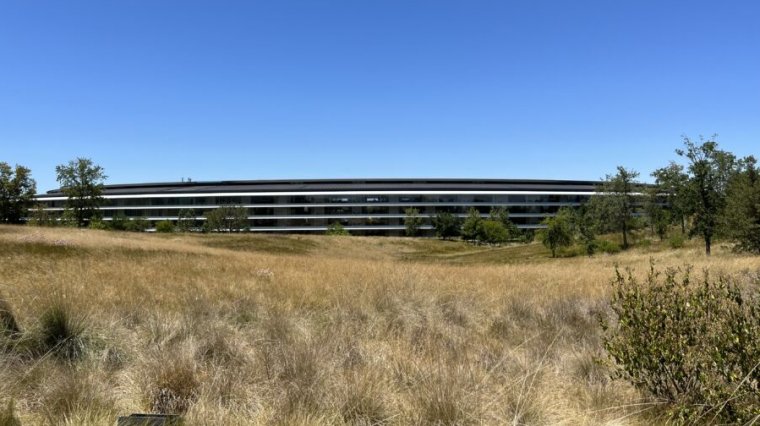“We want our pound of flesh”: US railroaders press for strike action after pro-company ruling by Biden’s Presidential Emergency Board
Hundreds of railroaders have contacted the WSWS over the past week with their thoughts about the PEB ruling and the potential for strike action. Add your voice to theirs! Contact us by filling out the form at the bottom of this article. All comments will be kept anonymous. We will continue to publish statements from workers in the coming days.
* * *
“Workers want their pound of flesh from the railroads”
The World Socialist Web Site received the following letter from an Indiana Norfolk Southern worker :
“It was supposed to be the company’s turn. For years, we’ve had concession after concession. We were told we had to take it now because profits were down and the companies were hurting, and the unions said we’d get it when profits are there. Now profits are here … but health care is going up. The carrier is getting rewarded. Premiums are uncapped, which is unprecedented. It is a slap in the face when the carrier says we’re grossly overpaid. They make $1 billion in a quarter, it’s a drop in the bucket for them. When the PEB was announced, nothing happened to railroad stocks. This was a win for the carriers.
“The PEBs always seem for the carriers. Now it’s supposed to be a more worker-friendly environment and they still rule on the carrier’s side. Railroads can’t hire because of the lifestyle. Many railroads deny personal days claiming ‘needs of service’ while eliminating a quarter of the workforce.
“If you roll over personal days, you can only cash them out but can’t use them. Some people had 100 days denied. They want you to mark sick to lose the paid day off, which makes you lose your attendance bonus. With the attendance policy, the PEB didn’t touch it. But they also said, to go back to local level since they couldn’t do it on this level. No, it’s because of the election year.
“During the pandemic we were considered Federal Subcontractors since we haul military freight. But we don’t have the same rights as Federal Subcontractors. We have paid sick days denied, unlike the 15 sick days paid we’re supposed to receive. How can the PEB go against that?
“More people will quit. Some people are waiting for the contract. [Two decades ago], you’d start out at $65,000, and now new workers now start at $52,000. Why!? You can work at other places, why would anyone work with that pay? If you’re lowest man you have no “time off,” you get the worst of it. At $52,000 no wonder they can’t hire people. Then the railroads say the $5000 bonus is helping which is a lie. In my yard there are 18- and 20-year-olds working for Norfolk Southern.
“We saw the statement from the companies on how profits come from capital investments and risk. People are making t-shirts and stickers and placing them all around the job site.
“I’m frustrated and surprised by Biden. I never trusted him; the Democrats always say they’re pro-union but side with the company.
“The higher ups in the union say they will ‘negotiate’ this. But Congress will rubber stamp this. When we talk about striking, you look at the 1800s, when it wasn’t about following the law but what was right. People are leaving and railroads say this job is not for them or they found another opportunity.
“Our phones ring every day. I've gone to work all parts of the day. We had call windows in the 2015 contract for our yard. But the NLRB shut us down even though it’s put in the pay scale and it’s a violation. But we were told, unless both sides agree to it, it’s only an option.
“This [PEB] is an attack on the middle class workers. Supposedly the Biden administration is pro-union, but not allowing us to strike even for 10 minutes. Obama even waited until the 11th hour to sign the PEB. Biden signed it on the Friday before the deadline, which surprised me. Now the people who should be talking are quiet. The unions are quiet except for [SMART-TD President] Ferguson, who was forced to say something because workers are frustrated. BLE have yet to make announcement, even Biden is silent.
“Workers are the only ones talking. BLE is maybe hanging back because they’re swamped, but honestly, they say vote blue and you’ll be taken care of. Then they called for the PEB even before the company. Next point should’ve been to strike. Why ask for a PEB? I believe it’s because of the election. Now they’re like, ‘we have s*** on our face,’ now workers are mad. With the pandemic, attendance policy, workers want a pound of flesh from the railroads.”
“I’ve lost relationships and friendships to this job”
The WSWS also continues to receive extensive comments from workers about the toll which the railroads has taken on their lives. One railroad worker from the Great Plains writes:
“I am the father of a 5-year-old boy. I have been working for the railroad for 4 plus years now. The job is okay I can’t complain about working hard for my paycheck. But with this job I’ve lost relationships and friendships, not to mention if I want to spend time with my son and watch him grow up I have to sacrifice sleep and any overtime they are offering.
“I’ve moved twice and can’t even afford to save money for a house. I can barely afford a 2-bedroom apartment in not even an okay area. Every year rent and bills go up with no raise. I’m forced to cut from my savings and can’t even afford to go on vacation. Getting 2 weeks vacation with no personal time, I am forced to use my vacation days for doctors and school appointments.
“Giving us a $1,000 yearly bonus is a slap in the face that will just be taken when they decide to increase our insurance because of the no cap they proposed. There are a lot of people leaving and they are trying to hire more people because of it. Now posting jobs that give hiring bonuses that are insane like $12,500 for someone to work in my craft. How about reward your people that you have that are staying with a fair wage and benefits and PTO?
“It’s just ass-backwards, making me feel like I need to go elsewhere and waste the time I have given them. It’s all about greed and the rich just getting richer and us blue collar workers getting the leftovers. Soon there will be no middle class and I do believe that’s what they want.”
“It is time to fight back and make a stand the companies and the government”
A railroader from the East Coast wrote: “Disgusted is not the word! I have been with the railroad for almost 12 years and during that time it has progressively gotten worse year over year. We are treated like the lowest of the low and are basically told to shut up and just do what we say! We are told to break FRA [Federal Railroad Administration] rules on a daily basis but if we make the smallest infraction, we are in deep trouble. We average working between 65-70 hours per week. So whoever lied and said that we average 32 hours per week has no clue! I never get to see my family because of this lifestyle.
“As for this proposal. It is junk. I say strike! It is time to fight back and make a stand against these draconian companies and government that think we are stupid. I honestly believe they are all in cahoots. Company, Union, and Government. I am over it all! If something doesn’t change, I will be another statistic and find another line of work!”
A Norfolk Southern worker told us what the ultimate goal of the railroads is: “Cindy Sanborn with Norfolk Southern and other railroad executives want and desire more automation which that will inevitably mean more market share profitability. American railroads do not appreciate any of their workers. If a contract employee went into management, he or she would still be undervalued and still be a no contributor.
“The only reason to have a manned freight train is for liability purposes so rail executives will not have to face disciplinary action if a train derails. To avoid this, Automation is what rail executives want. That means no labor disputes, no pay raises, no health care, and no arbitration. That’s what American corporations want. They despise workers.”
Another railroader sent us the following: “The Railway Labor Act is illegal and should be removed immediately.
“The IBEW issued a statement over the weekend that the PEB gave us 72 of what we were asking for. They must be doing corporate math. It doesn’t take a scholar to figure out we were screwed once again. They are never willing to put up a fight but always willing to cave at the first offer. I can’t remember a contract that I would consider was fair from this company.
“Our brothers and sisters of the IBEW need to band together and go forward with a STRIKE ACTION! All unions need to continue to stand strong as one. If a WILDCAT is necessary, so be it, a nationwide walkout, absolutely. We contribute nothing, so when we all stand together we’ll see how this goes.”








